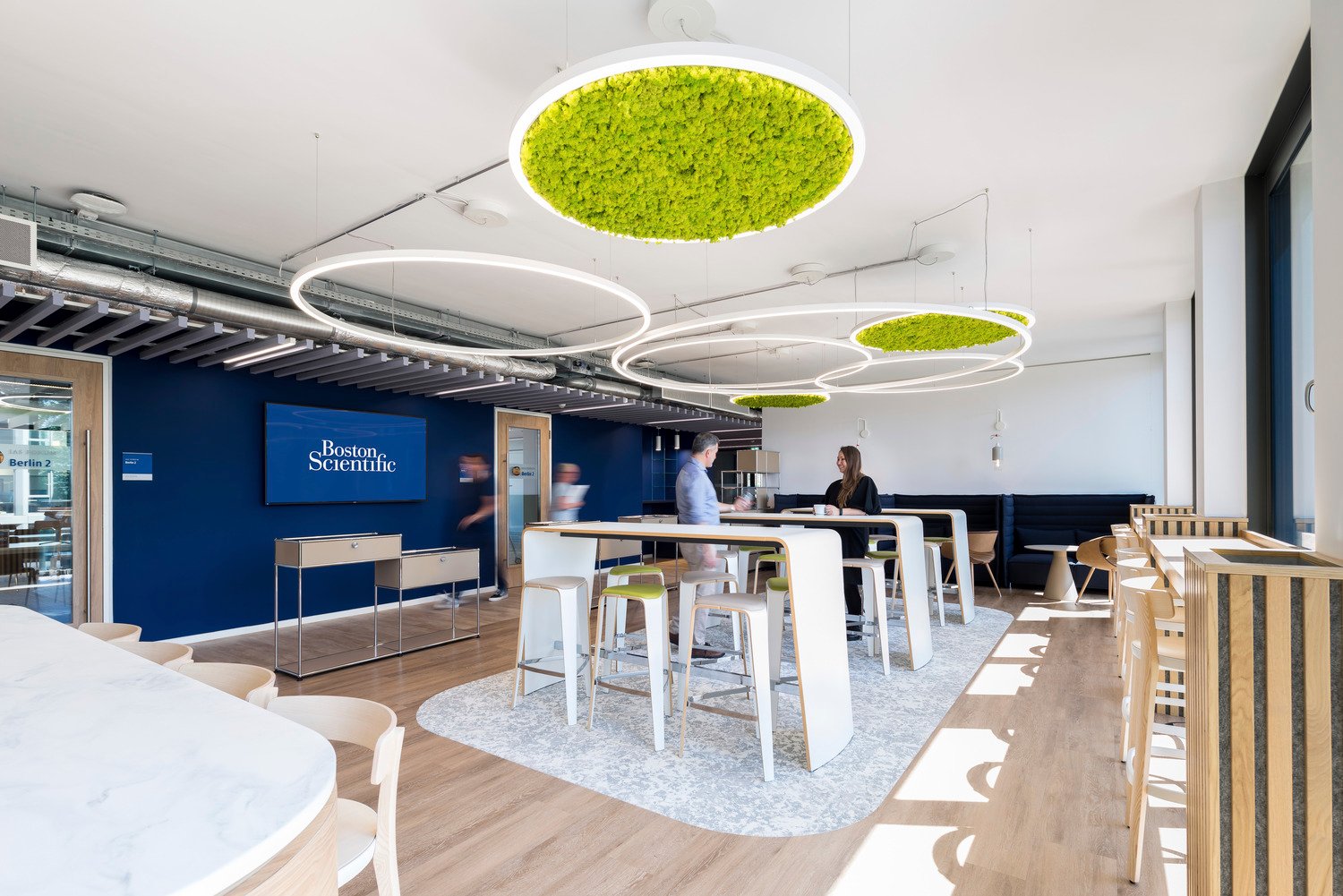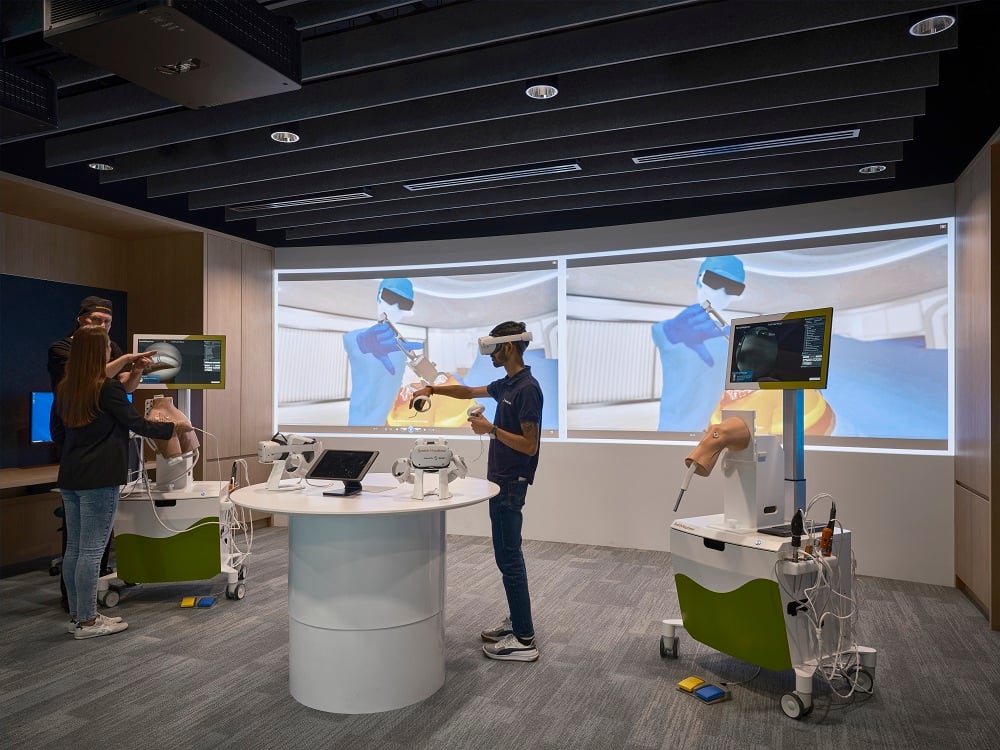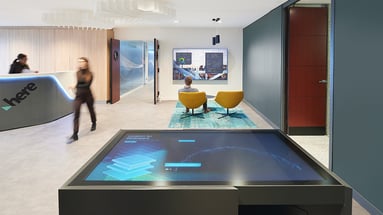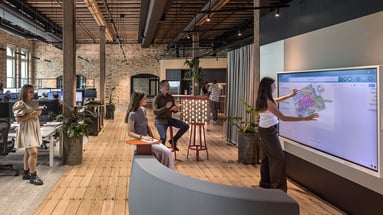Creating workplaces to attract and retain life sciences workers
As the life sciences industry evolves to match the pace of change, the workplace must also adapt to effectively engage and retain employees.
What today’s life sciences office isn’t—and what it lacks
68% of employees feel that their office is set up to enable productivity, compared to 81% of employers who share this belief.
The current office experience within the life sciences and pharmaceutical sector is far from ideal. According to our Global Workplace Insights data, this sector scores the lowest across multiple categories when compared to other industries. This is particularly concerning given the sector's crucial role in innovation and research.
The primary issue lies in the significant gap between employee experiences and employer perceptions regarding productivity and creativity within the office environment. 68% of employees feel that their office is set up to enable productivity compared to 81% of employers who share this belief. Similarly, only 58% of employees feel their office space fosters creativity, whereas 72% of employers think it does. These discrepancies highlight a clear need to reevaluate and redesign the current workspace setup to better meet employee needs and expectations.
The solution: Redesigning for engagement and innovation
To bridge the gap between employer perceptions and employee experiences, life sciences companies must integrate flexible spaces with versatile and easy-to-access collaboration areas. These areas should incorporate advanced virtual communication technologies to facilitate seamless interaction, whether employees are working on-site or remotely.

Astellas Pharma’s workplace is designed to support various workstyles and encourage collaboration.
Additionally, designing spaces that emphasize ergonomics, daylight, access to outdoor spaces, and a commitment to wellness and neurodiversity can significantly enhance the employee experience. By prioritizing these elements, companies can create an environment that not only supports productivity and creativity but also promotes overall well-being and job satisfaction among their staff.

This Boston Scientific office showcases a commitment to wellness through the use of acoustic moss panels and greenery throughout the space.
Future considerations: Embracing digital innovation
Looking ahead, integrating digital innovations such as Augmented Reality (AR) into the life sciences workspace is inevitable. AR will revolutionize lab work by enabling interactive learning, real-time data integration, and enhanced experimentation. To stay at the forefront of innovation and attract top talent, life sciences companies must be prepared to adapt their lab layouts and tools to accommodate these technological advancements. This forward-thinking approach will ensure that the life sciences sector remains competitive and continues to lead in scientific discovery and innovation.

Smith & Nephew is creating a memorable training experience with a virtual OR room.
The life sciences industry faces unique challenges in creating work environments that foster productivity, creativity, and employee well-being. By reassessing and redesigning their office spaces to better align with the needs and preferences of their workforce, companies can overcome these hurdles and set themselves up for success in the hybrid world.


